74 F. high at St. Cloud Friday.
74 F. average high on June 5.
74 F. high on June 5, 2014.
.49" forecast rainfall this weekend at MSP (most of that falls tonight).
June 6, 1864: Light frost reported in St. Paul as chilly air mass moved over the state.
Go With The Flow"Time
is the most valuable thing a man can spend" said Theophrastus, a Greek
philosopher who lived over 2,300 years ago. Some things are timeless;
immortal. Like the mutual attraction of weekends and puddles.
The
drought is history for all but 12 percent of far northern Minnesota. May
was the warmest since 2012 with frequent rains; the cycle favoring
showers on the weekends, which is bumming a lot of people out.
12
weekends of summer, each one sacrosanct, and over-scheduled. But then
again an old friend set me straight about weather patterns and our place
in the universe. "Nature doesn't owe us any favors. We're all just
along for the ride."
If the planets align and the sun shines on the Edina Art Fair or Grand 'Ol Days in St. Paul consider yourself extra-blessed.
A
sloppy front drags showers across the state today with some half inch
amounts. Have a Plan B (indoors) but nothing severe is expected.
Winds shift to the northwest
Sunday;
the nicer, warmer, sunnier day of the weekend with a few instability
storms sprouting up north by late afternoon. 80s return next week with a
shot at 90F
Tuesday before cooling down a bit. Ready for a hot front?
Careful what you wish for.
A Very Wet May. Here's a clip from meteorologist
D.J. Kayser's weather blog (who also works with me at AerisWeather): "
After a dry start to the year (we covered that last month here),
May really ramped up the precipitation across the state of Minnesota,
with many areas picking up much needed rainfall to help the drought
situation and help get some moisture into the crop fields. However, some
of it was too much, as there were reports of “downed out portions of
fields” according to the USDA crop report that was issued for the week ending May 24th. According to Minnesota climatologist Mark Seeley, this May will likely be one of the top fifteen wettest Mays on record for the state, and is the fifth straight May with above average rain..."
A Persistently Soggy Pattern.
The animation above shows accumulated precipitation forecast by the .25
degree GFS model from NOAA looking out the next week. Note the 2-5"
amounts predicted for much of the Upper Mississippi Valley, a moist
plume extending out of the Gulf of Mexico, and the track of fizzling
"Blanca", which should spare Cabo San Lucas, Mexico hurricane
conditions. Loop: AerisWeather.
7-Day QPF.
Here is NOAA's blending of all models and ensembles, showing a
widespread region of 1.5 to 2.5" rains for Minnesota, over 3" near Sioux
Falls and Omaha, and flash flood potential for the Gulf Coast.
Not All Bad.
The best chance of showers comes tonight (NAM prints out .49" of rain)
with partial clearing tomorrow and temperatures warming up rapidly early
in the week, peaking near 90F Tuesday before cooling off. That puff of
cooler air will set the stage for a stalled east-west frontal boundary
capable of supporting heavier showers and T-storms late next week. MSP
meteogram: Weatherspark.
June 2015: Cold Start, Followed By Rain.
Soil moisture is now adequate across most of Minnesota for farming and
gardening - let's hope we don't have a June as wet as 2014 (wettest,
statewide, in the state's history). Here's an excerpt from Dr. Mark
Seeley at
Minnesota Weather Talk: "
The
month of June started with cold temperatures earlier this week. On
June 1st many northern cities were visited by frosty temperatures
including International Falls, Bigfork, Cloquet, Hibbing, Crane Lake,
and Gunflint Lake. It was as cold as 37°F at Preston (Fillmore County)
in southern Minnesota but no frosts were reported in that section of the
state. A few observers reported record low temperatures for the date
including: 29°F at Ely, 27°F at Floodwood, 26°F at Orr, 25°F at
Embarrass, and 24°F at Togo (Itasca County), also the coldest
temperature in the nation on June 1st this year..."
Most of Minnesota Is Drought-Free.
What a difference a week makes. A month too. In just the last week the
percentage of Minnesota in moderate drought has fallen from 24% to 12%.
Last week 87% of the state was abnormally dry; now that number is down
to 51%. As you can see on the
U.S. Drought Monitor map
above most of the state, especially central and southern counties now
have sufficient soil moisture. Amazing how fast the pattern turned.
Sea Levels In Retreat A Sure Sign El Nino's Grip is Tightening. Here's the intro to an interesting story at
The Sydney Morning Herald: "
El
Niños are well known for unleashing droughts, hotter-than-usual weather
and paradoxically worse frosts in Australia, but they also drive
remarkable - if temporary - changes to global sea levels. While the
shifts under way are so far barely discernible along the Australian
coast, pointers of the forces are more evident in countries to
Australia's north. "The western Pacific has already dropped about 20cm
below its normal height, and the eastern Pacific - because it's warmed
up, it's expanded – is 20-30cm higher than normal," Andrew Watkins, head
of climate prediction services at the Bureau of Meteorology, said..."
El Nino To Disrupt Rains, Cut Africa, East Asia Harvests, Scientists Say. Reuters
takes a look at some of the potential impacts of a rapidly warming
Pacific ocean creating a domino effect, downwind. Here's a snippet: "...
Parts of China,
Indonesia and India are also expected to be seriously affected by El
Nino this year, Oscar Rojas, a senior official at the U.N. Food and
Agriculture Organization (FAO), told the Thomson Reuters Foundation in
an interview on Monday. "We are monitoring for extreme droughts," Rojas said, adding that it is not yet possible to estimate potential crop losses.
The El Nino phenomenon is based on Pacific Ocean waters becoming
unusually warm, and altering global weather patterns. The last El Nino
happened in 2009-2010, and it usually lasts about one year..."
June 3 Sea Surface Temperature Anomalies above courtesy of the
Australian Bureau of Meteorology.
America's Forests Are Facing A Wildfire Crisis.
National Journal
provides some perspective on the perpetual drought out west and the
possible impact on fire potential later in the season; here's an
excerpt: "...
This summer's wildfire season could be even worse—and
it very likely will break the bank. Bone-dry conditions in the West put
vast stretches of California, Oregon, and Washington at risk for
devastating wildfires. The U.S. Forest Service predicts that it could
spend as much as $1.6 billion fighting fires this year. Over the past
decade, wildfires have grown larger and more severe. A changing climate,
intense drought, property development near parks and forests, and a
build up of quick-to-ignite forest debris have all contributed to a new
normal of costly and difficult-to-contain wildfires..." (File image: U.S. Forest Service).
10 States Where Hurricane Damage Will Cost The Most. Fortune has an interesting story about hurricane risk - Florida is in a class by itself. Here's an excerpt: "...
But
with every hurricane season, millions more homes are put at risk of
damage from storm surges. The real estate data firm CoreLogic released a
report on Thursday that estimates that this hurricane season, 6.1
million homes will be at risk of such damage, the total value of which
is a staggering $1.5 trillion. Some of the places where homes are most
at risk, like Florida and Louisiana, might not surprise you. But
Hurricane Sandy proved that the Northeast isn’t safe from serious storm
surge damage, and states as far north as Massachusetts are in peril..."
The Climate Context for India's Deadly Heat Wave.
Climate Central
takes a closer look at historic levels of heat gripping India and
whether a warmer climate is making the heat worse; here's an excerpt:
"..
.It is expected that extreme heat waves will become more common worldwide as a rising average global temperature,
which has increased by 1.6°F since the beginning of the 20th century,
tips the odds more in their favor. Because this link is one of the most
robust between climate change and extreme weather the budding field of
extreme event attribution has focused much attention on trying to
pinpoint what role warming may have played in particular events. One of
the first attribution studies came in 2004, and found that warming made
the heat wave that hit Europe in 2003 and killed some 70,000 people at
least twice as likely. A study published just last year found that now such a heat wave is 10 times as likely to happen as it was just a decade ago..."
What's The Difference Between "Partly Cloudy" and "Mostly Sunny"? A question that comes up all the time - here's an excerpt of a good explainer at
Gizmodo: "...
Mostly
Sunny” and “Partly Cloudy” are apparently interchangeable, and apply
when the OCC is between 26% and 50%.”Partly Sunny” and “Mostly Cloudy”
can also be synonyms, when the OCC is between 51% and 69%, although
“Mostly Cloudy” can be applied for OCC up to 87%. At an OCC of 88% and
above, the sky is considered “Cloudy” or “Overcast...”
Apocalypse Now! The Eight Most Likely Ways We're All Going To Die. This article from
Gizmodo UK cheered me up - now I get to pass it on to you, so you can cheer up a friend or family member. Here's an excerpt: "...
Pretty
likely this one, given previous form (well flagged, dinosaurs), and
given the number of potential asteroids out there to get on a collision
course with, it’s frankly amazing we’ve got this far. Scientists are
keeping a close eye on the skies with the next major collision tipped to
be Asteroid 2012 TC4, making an unwelcome appearance on October 2017.
Luckily TC4 is reckoned to be about 40m across, which should only dent
the earth - a more serious proposition being the 1km-wide asteroid 1950
DA, which has a 1 in 4000 chance of annihilating civilisation as we know
it on 16 March, 2880. In the immortal words of Monty Python’s Meaning
of Life, makes you feel a bit insignificant really…"
Ray Kurzweil: Humans Will Be Hybrids by 2013.
Imagine Siri as a permanent inhabitant of your brain, now super-charged
by the cloud. She's now available 24/7 to help you - or judge you - or
track you. I'm sold! Here's an excerpt from
CNN Money: "...
Kurzweil predicts that humans will become hybrids in the 2030s. That means our brains will be able to connect directly to the cloud,
where there will be thousands of computers, and those computers will
augment our existing intelligence. He said the brain will connect via
nanobots -- tiny robots made from DNA strands. "Our thinking then will
be a hybrid of biological and non-biological thinking," he said..."
Mermaids Not Welcome in Edmonton Pools. No, you can't make this stuff up. Here's a clip from
CBC News: "...
Others,
calling themselves mermaid advocates, say anyone should be able to swim
with a tail. "Other mermaids in Canada are afraid that a ripple effect
is going to happen, more bans will happen," Visinski says. Mermaid tails
have been on the market for a few years but recently started gaining
popularity in Canada..."
Photo credit above: "
Krista
Visinski, seen wearing here in Edmonton on May 30, 2015, is determined
to be a mermaid even if the city won't let her don her tail in public
pools." (Jason Franson/Canadian Press).
TODAY: Clouds increase. Showers, possible thunder. Winds: SE 10-15. High: 71
SATURDAY NIGHT: More showers, grumble of thunder. Low: 63
SUNDAY: Partly sunny, a nicer day. PM instability T-shower up north. Winds: NW 10. High: near 80
MONDAY: Sunny, almost hot. Dew point: 60. Wake-up: 64. High: 85
TUESDAY: So this is what summer feels like. Hot sunshine. Wake-up: 67. High: 89
WEDNESDAY: Drop in humidity. Isolated T-storm. Wake-up: 68. High: 82
THURSDAY: Showers & T-storms likely, some heavy. Wake-up: 63. High: 75
FRIDAY: Storms far south, sunshine north. Wake-up: 59. High: 73
Climate Stories....
Pope Francis The Chemist Should Give Congress a Science Lesson. TIME Magazine has the Op-Ed; here's an excerpt: "...
Pope
Francis defies the liberal-conservative divide that shapes Congress,
and given his straightforward, pull-no-punches approach, he will likely
challenge both Democrats and Republicans to reject the “throwaway culture”
that he has repeatedly denounced during his papacy. In particular, the
pope is likely to challenge Republicans to accept the reality of climate
change and to support measures that would protect the environment.
Meanwhile, he’s likely to challenge Democrats on abortion, as he treats
the issue as integral to social justice and the defense of human rights..." (File Photo: AP)
Tar Sands Resistance March Today. The march is TODAY in St. Paul, ending at the Capital lawn for a big rally.
Details here: "
The biggest action against tar sands ever in the region is today, starting at noon
at the Mississippi River just behind Union Depot in downtown St. Paul.
Thousands of folks from across the Midwest will be gathering to stand up
against carbon-intensive tar sands and in favor of renewable energy.
(Tar sands oil, one of the world's dirtiest fuels, crosses northern
Minnesota right now on Enbridge's Alberta Clipper pipeline, with lots of
expansion plans in the works.) The speaker lineup includes author and
activist Bill McKibben as well as Winona LaDuke. If you can make it out,
do -- this is important. tarsandsresistance.org.."
Here's Why The Global Warming Hiatus Might Not Exist.
Climate Central has an explanation; here's an excerpt: "
The global warming hiatus
— a decade-plus slowdown in warming — could be chalked up to some
buoys, a few extra years of data and a couple buckets of seawater. That’s the finding of a new study published on Thursday
in Science, which uses updated information about how temperature is
recorded, particularly at sea, to take a second look at the global
average temperature. The findings show a slight but notable increase in
that average temperature, putting a dent in the idea that global warming has slowed over the past 15 years, a trend highlighted in the most recent Intergovernmental Panel on Climate Change report..."
Norway Votes To Dump Coal Investments. Divestment efforts continue, worldwide, starting with the dirtiest of fossil fuels: coal. Here's an excerpt from
Politico: "
Norway
is going ahead with one of the most ambitious plans to date for pulling
investment from companies that mine and burn coal, after the parliament
voted unanimously in favor Friday afternoon. The plan requires the
country’s Government Pension Fund Global (GPFG), the world’s
second-largest investor with a market value of €837 billion, to divest
its shares in businesses that rely on coal mining and coal-fired power
generation for 30 percent or more of their work or revenue. Before
selling, however, the GPFG can also urge companies to green up..."
Photo credit above: "
Coal production at a mine in Barentsburg, Svalbard". | EPA.
All Children Deserve A Healthy Future. Here's an excerpt of an Op-Ed from Rev. Mitch Hescox at
National Catholic Reporter, who heads up EEN, The Evangelical Environmental Network (full disclosure: I'm on the board): "...
Every
child, born and yet-to-be born, deserves the promise and holy covenant
of clean air and a healthy climate. What's more, every child deserves to
reach the fullness of his or her God-given intellectual abilities. If
we continue to rely on toxic mercury-emitting, coal-burning power
plants, we risk harming our children's achievements. Today, nearly one
out of every six babies born in the U.S. has harmful mercury levels in
his or her blood, which can easily affect developing children's brains,
causing brain damage, developmental disabilities, neurological
disorders, lower intelligence and learning difficulties..."
Science Under Siege, Part 1. Kudos to CBC, the
Canadian Broadcast Company,
for a series of science denial. Climate science is the the tip of the
iceberg, it seems. Here's an excerpt: "Are we living through an
Anti-Scientific Revolution? Scientists around the world are increasingly
restricted in what they can research, publish and say -- constrained by
belief and ideology from all sides. Historically, science has always
had a thorny relationship with institutions of power. But what happens
to societies which turn their backs on curiosity-driven research? And
how can science lift the siege? CBC Radio producer Mary Lynk
looks for some answers in this three-part series..." (Image credit: Robert Short/CBC).
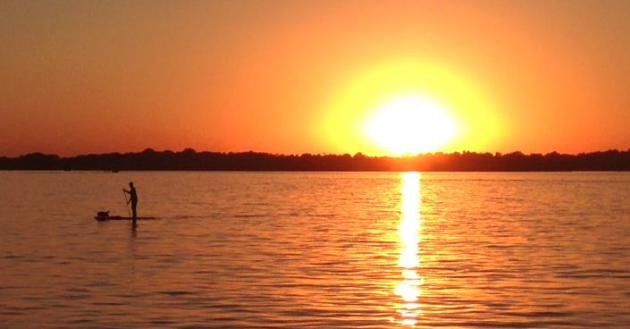

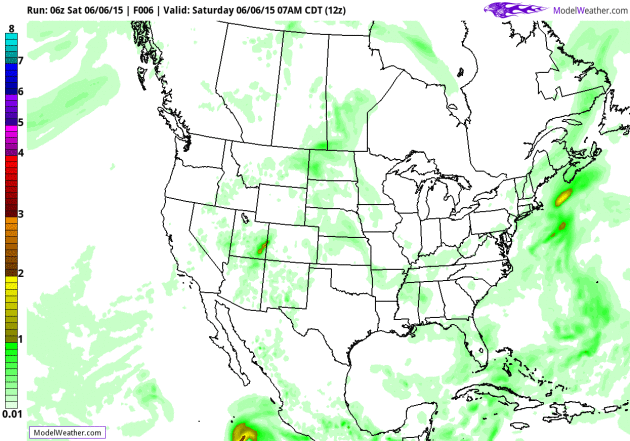

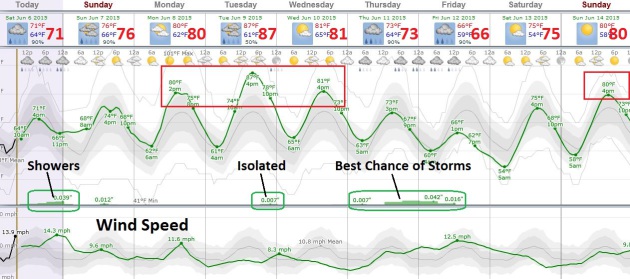
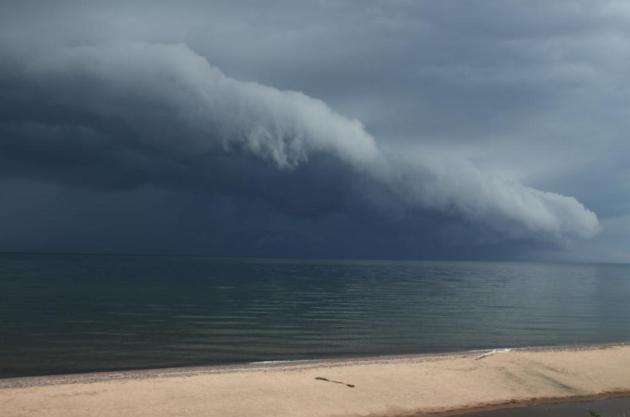

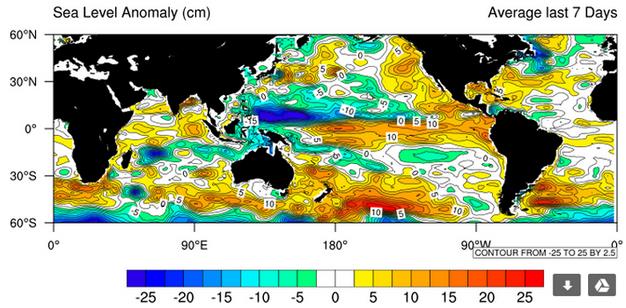
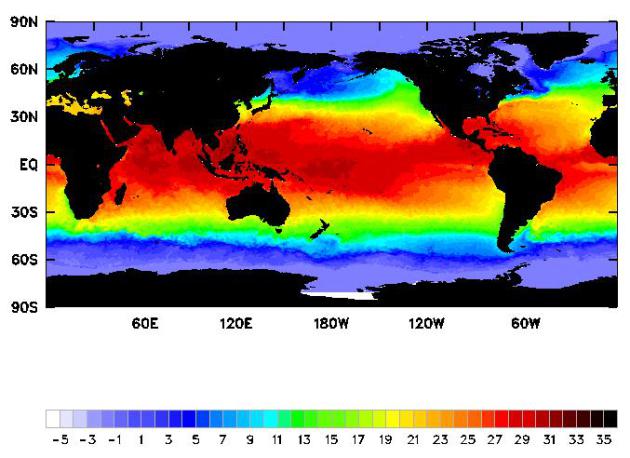

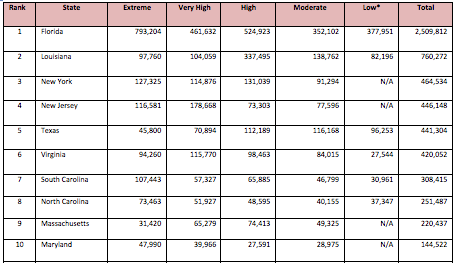
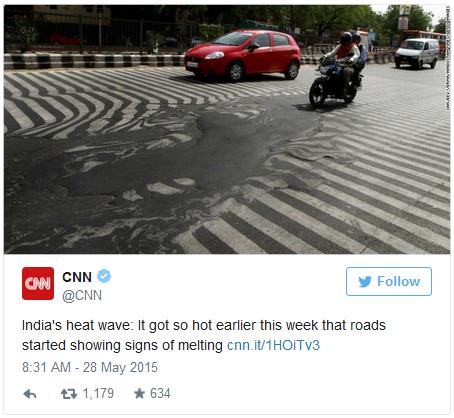





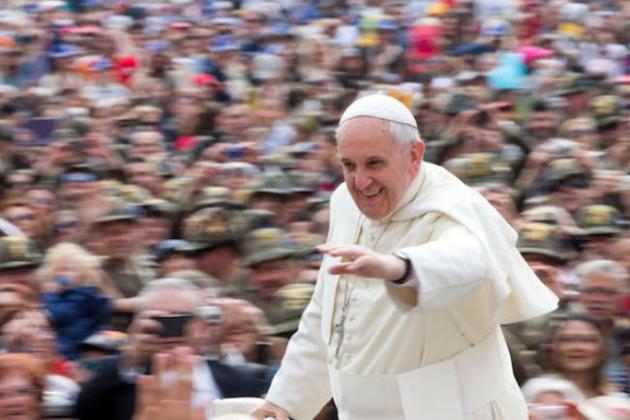


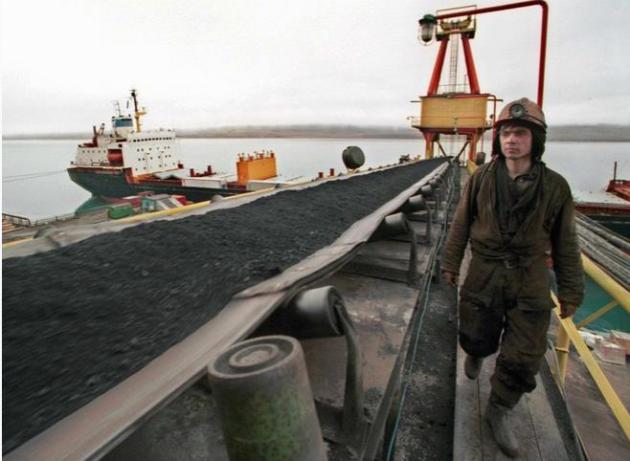
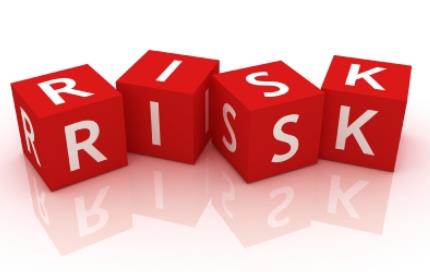

No comments:
Post a Comment